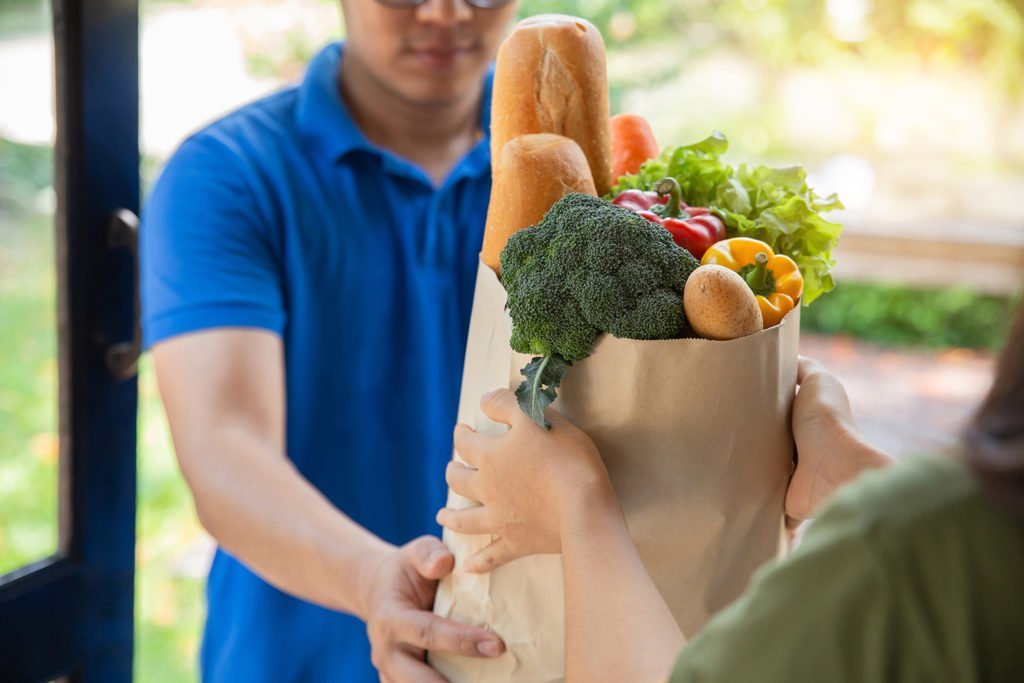
In many cities, shopping is now more convenient than ever: ordered online, goods are delivered to your door step in minutes. Source: iStock
Thanks to the global pandemic, the business of micro-fulfillment is booming. Here, we take an in-depth look at the trend, how it works, how it expanded recently and if it’s possible for those living outside of urban metropolis areas.
What is micro-fulfillment?
Short answer? According to DHL, ‘Think of it as AirBNB for logistics.’ Long answer? It’s the accelerated last-mile delivery of goods, thanks to the efficient positioning of small-scale distribution warehouses that utilize location intelligence systems to fulfill orders at a fast pace. Shorter distances between retailer and consumer ensure online businesses can operate in a much more productive (and profitable) manner.
The market of micro-fulfillment
Over the last couple of years, this particular business model has grown exponentially. Take grocery delivery for example—during the pandemic, newcomers like Gorillas, Weezy, Flink and Gopuff gained serious market share, and are now expanding across Europe and the United States. And they’re picking up traction in more ways than one. This year alone, US-based Gopuff acquired British-born Fancy, and Berlin-based Gorillas was valued at over $1 billion. As a result, we expect micro-fulfillment to grow rapidly across other continents as well.
How it actually works
If you’re wondering how these companies make money, it’s quite simple. Let’s compare it to the traditional grocery store: While the supermarket needs a larger space in an area that is also visible, a micro fulfillment center or dark store can be as small as 300sqm because the product range is limited to mostly premium brands. This leads to lower rents on average for the quick commerce players.
Of course, there is other overhead to be considered, like riders, pickers and the overall number of dark stores that are needed to serve a city. However, if all these elements are well planned, there is a very high probability to run the business net positive.
Location intelligence powers the industry
It’s been proven that micro-fulfillment can work seamlessly in urban settings with high population density. That’s where the micro-fulfillment centers can get close access to consumers and retailers can offer faster delivery at a low cost. The key is to actually ensure that a critical number of potential customers can be reached within the promised delivery time. Tools like Targomo Loop help to analyze the areas around the micro-fulfillment centers, and to create an overview of the catchment areas.
The analyses take demographic data such as population density, household size, purchasing power, and consumer profiles into account, which allow the delivery services to precisely calculate their potential markets.
Example: Berlin vs. Brandenburg an der Havel
By combining location and demographic data, Targomo Loop can visualize not only how far an e-bike can travel from a central micro-fulfillment center in 10 minutes, but how many people it can serve. However, retailers may need to specifically look for certain target groups and identify the cities and regions with the highest target group density.
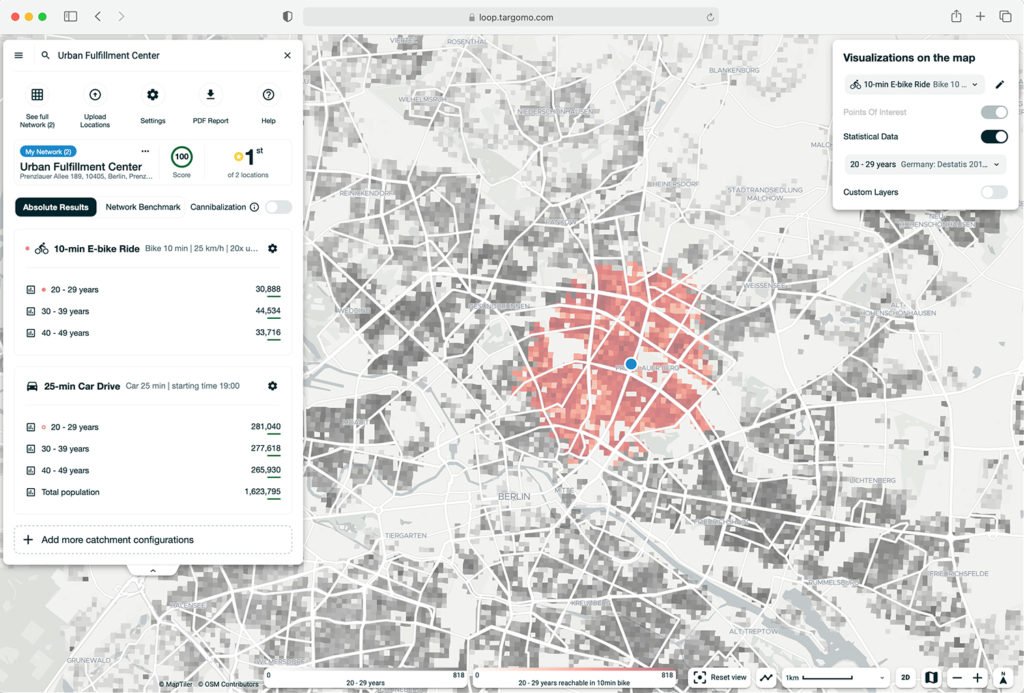
Location analysis with TargomoLOOP: From this location, 109,138 people could be reached within 10 minutes by e-bike.
In this example, we are targeting people with age between 20 and 50 years and with medium to high income in the city of Berlin.
As you can see, the people reached by that micro-fulfillment center are 109,138.
A sufficient number of orders and the size of the shopping cart are crucial to the success of the business model. This is the reason why the service mainly benefits residents of a region with a very high population density. But would this system be successful and profitable in a more rural, less densely populated area? Let’s find another place, far away from the city, where the same target group density can be guaranteed.
As expected, this isn’t an easy feat. With Targomo Loop we checked the town of Brandenburg an der Havel. The business model of Berlin city would not work, as just 11,208 people could be reached within a 10-minute e-bike ride. If someone wanted to roll out the quick commerce business in this area as well, they would need to adjust the conditions. From a location intelligence point of view, it would be possible if: 1) you swap e-bikes for cars as a mode of transportation, 2) increase the delivery window from 10 to 25 minutes, and 3) extend the target group to other demographics.
Let’s take a look at the numbers:
- By swapping e-bikes with cars, the system will reach 50% more people
- By additionally extending the delivery time to 25% the system will reach 248% more people
- By additionally extending to the entire population, the system will reach 100,096 people, much closer to the 109,138 number in the city center
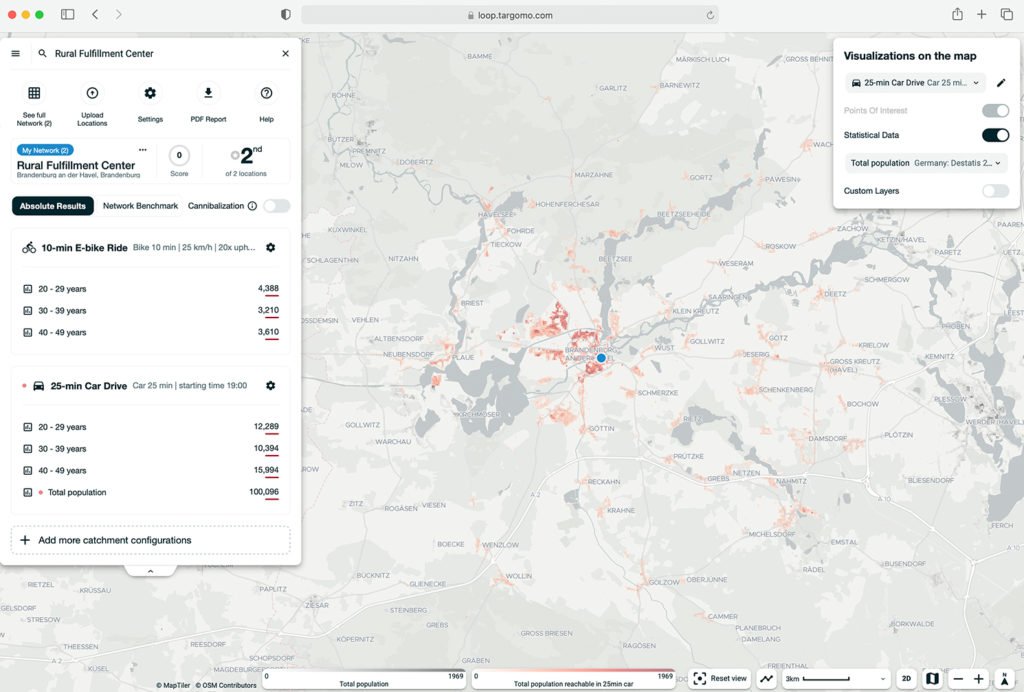
From this location in Brandenburg an der Havel, 11,208 people could be reached within 10 minutes by e-bike.
With these adjustments, it’s necessary to rethink the entire model. Swapping e-bikes for cars would significantly increase the overhead for the start-ups. Furthermore, an increase in delivery time from 10 to 25 minutes will lead to riders delivering fewer orders a day. On the other hand, with cars covering larger distances, provided consumers order around the same time, more households could potentially be serviced on the same trip, saving on delivery times and labor costs.
Our take? The last-mile revolution seems to find its most fertile ground in big urban areas and may not come to rural residents anytime soon.
What’s clear is that, to work, the micro-fulfillment industry needs precise location analysis. Businesses need to integrate their own data to analyze and predict order volumes. They need to fully customize their catchment areas: select means of transportation, speed and travel time. They need to calculate how many households they will be able to reach from a specific location. They need to anticipate which products will be in high demand in specific areas. And if they have a location network, they need to learn where they should open new centers to serve as many customers as possible.

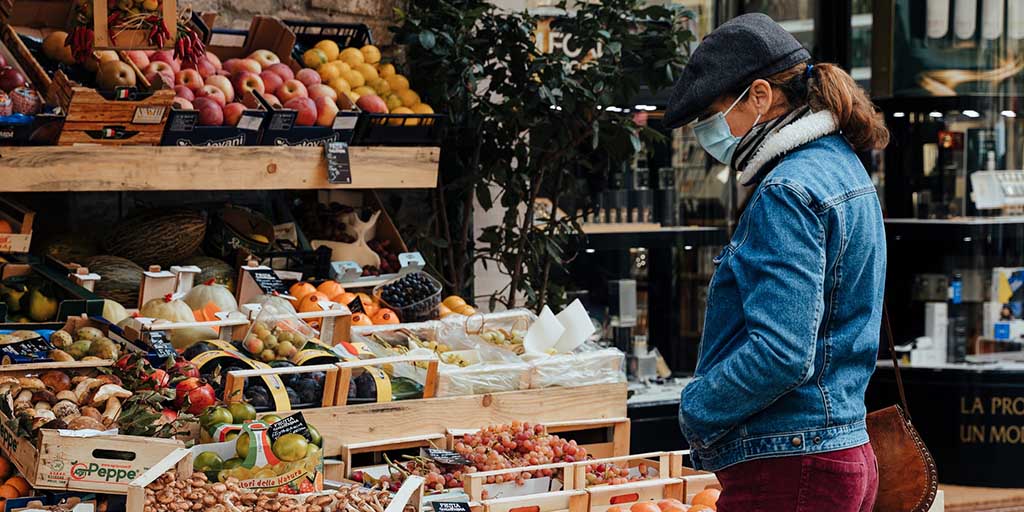
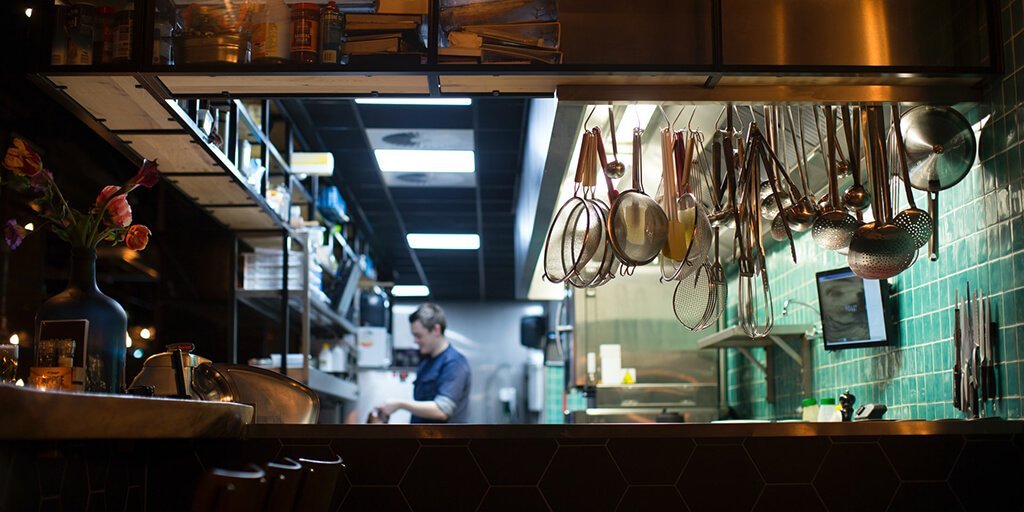
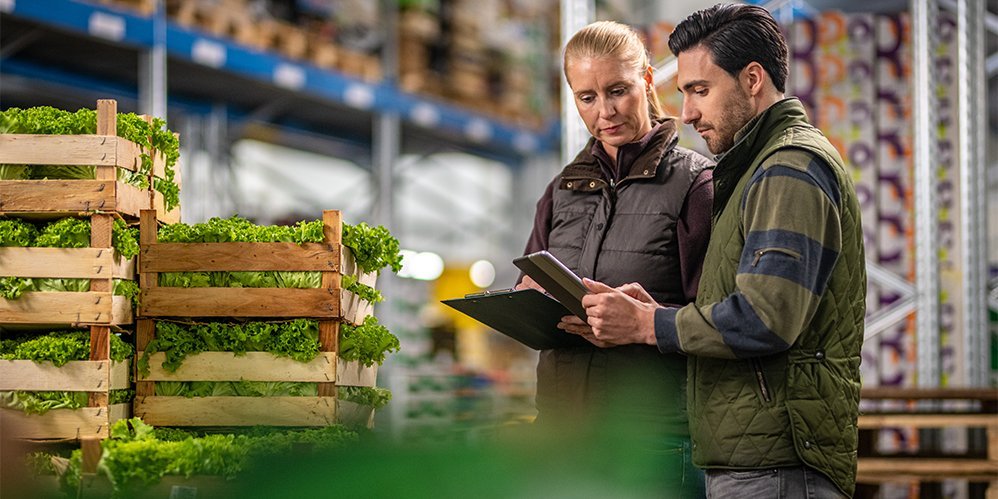
Comments